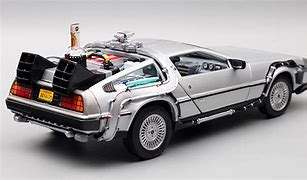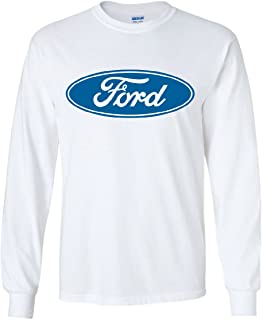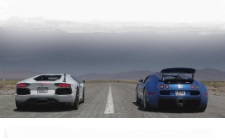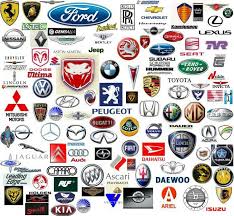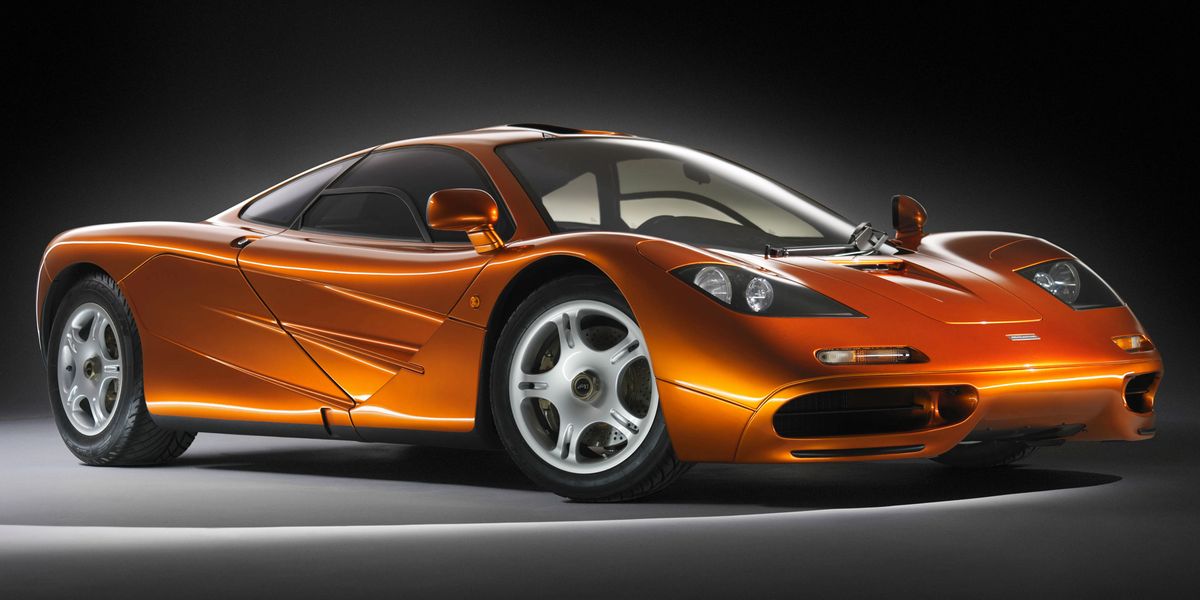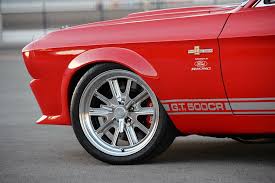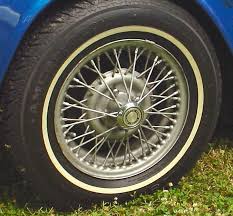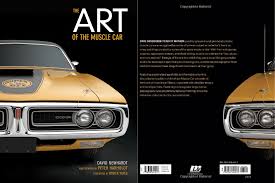

Hennessey Venom GT 6.2L V8
Engine: Naturally Aspirated Petrol | 6162cc 16v V8
Top Speed: 260 mph
0-60mph: 2.50 seconds
The car manufacturer Hyundai has made an important impact on the automotive world. In this article we will give a brief but detailed history of the Hyundai marque. We will look at the origins of Hyundai looking at who, why, where and when Hyundai was founded. We'll look at the design of the iconic Hyundai logo and what are some the more significant Hyundai models. We'll take a glance at what racing history the Hyundai has and who some of the most important people have been in the history of Hyundai over the years.
Hyundai is a renowned South Korean automobile manufacturer that has become a global powerhouse in the automotive industry. The company was founded on December 29, 1967, by Chung Ju-yung. From its humble beginnings as a construction firm, Hyundai expanded its operations to include the production of automobiles. The company's headquarters are located in Seoul, South Korea, and it has manufacturing plants and offices around the world.
Hyundai's entry into the automotive industry was driven by a vision to create affordable and high-quality vehicles for the Korean market. At the time of its founding, the Korean automotive industry was still in its infancy, with limited domestic production and heavy reliance on imports. Chung Ju-yung saw an opportunity to establish a homegrown automobile brand that could meet the needs of Korean consumers and compete on a global scale.
The early years of Hyundai were marked by challenges and obstacles. The company faced initial setbacks, including financial difficulties and the global oil crisis in the 1970s. However, Hyundai persevered and continued to invest in research and development, focusing on technological advancements and design innovations. This commitment to excellence paid off, and Hyundai soon gained recognition for its reliable, fuel-efficient, and affordable vehicles.
In the 1990s, Hyundai made a significant leap forward with the introduction of the Hyundai Sonata and Hyundai Elantra. These models showcased Hyundai's commitment to quality and design, earning praise from consumers and critics alike. Hyundai's reputation continued to grow, and the company expanded its product lineup to include a wide range of vehicles, from compact cars to SUVs and luxury sedans.
Hyundai's success can be attributed to its customer-centric approach and continuous pursuit of innovation. The company has invested heavily in research and development, focusing on advanced technologies such as hybrid and electric powertrains. In recent years, Hyundai has gained prominence in the electric vehicle market with models like the Hyundai Kona Electric and Hyundai Ioniq Electric.
Today, Hyundai is one of the largest automotive manufacturers in the world, with a global presence and a diverse lineup of vehicles. The company's commitment to quality, affordability, and technological advancements has made it a trusted and respected brand in the automotive industry.
The history of the Hyundai logo is an interesting reflection of the company's evolution and its commitment to innovation. The first Hyundai logo was introduced in 1967 when the company was founded. It featured a simple circular emblem with the company name "Hyundai" written in a stylized font. This logo represented Hyundai's initial entry into the automotive industry as a Korean automobile manufacturer.
Over the years, Hyundai's logo underwent several revisions to reflect the company's growth and changing design philosophy. In 1992, Hyundai introduced its second logo, known as the "H in oval" logo. This logo featured a silver oval shape with a stylized letter "H" inside. The sleek and modern design symbolized Hyundai's commitment to progress and innovation. The logo also conveyed a sense of sophistication and elegance.
In 2005, Hyundai unveiled its current logo, known as the "H-Emblem" logo. This logo represents a significant shift in Hyundai's branding strategy. It features a silver, stylized letter "H" enclosed in an elliptical shape. The logo reflects Hyundai's ambition to be a global leader in the automotive industry, with a focus on advanced technology and design. The sleek and dynamic design of the logo represents Hyundai's commitment to creating modern, innovative, and high-quality vehicles.
Overall, the evolution of the Hyundai logo mirrors the company's journey from a local Korean automobile manufacturer to a global automotive powerhouse. The logo changes reflect Hyundai's desire to stay current and relevant in a rapidly evolving industry. The current logo captures Hyundai's values of progress, innovation, and excellence, and serves as a recognizable symbol of the brand's commitment to providing customers with cutting-edge vehicles.
Hyundai, as a car manufacturer, has introduced several significant models throughout its history, including high-performance vehicles that have left a lasting impact on the automotive industry.
In the 1990s, Hyundai made its mark with the Hyundai Tiburon. Launched in 1996, the Tiburon was a sleek and sporty coupe that offered impressive performance at an affordable price point. With its stylish design and powerful engine options, including a V6 variant, the Tiburon appealed to enthusiasts looking for an exhilarating driving experience. The Tiburon showcased Hyundai's commitment to producing performance-oriented vehicles.
In the early 2000s, Hyundai introduced the Hyundai Genesis Coupe. Launched in 2008, the Genesis Coupe was a game-changer for Hyundai, signaling the company's entry into the rear-wheel-drive performance segment. The Genesis Coupe boasted a powerful V6 engine, agile handling, and a striking design. It became a popular choice among car enthusiasts who sought a balance between performance and affordability.
As Hyundai continued to expand its presence in the automotive market, it launched the Hyundai Veloster N in 2019. The Veloster N was a high-performance hatchback that captured attention with its aggressive styling and thrilling driving dynamics. Powered by a turbocharged engine, the Veloster N delivered impressive horsepower and torque, making it a formidable competitor in the hot hatch segment.
In recent years, Hyundai has also ventured into the realm of electric vehicles with the Hyundai Kona Electric. Introduced in 2018, the Kona Electric offered an all-electric driving experience with a long range and impressive acceleration. With its eco-friendly credentials and advanced technology, the Kona Electric represented Hyundai's commitment to sustainability and innovation.
Overall, Hyundai has shown a strong commitment to producing high-performance vehicles across different segments. The Tiburon, Genesis Coupe, Veloster N, and Kona Electric are just a few examples of Hyundai's efforts to deliver thrilling driving experiences, advanced technology, and stylish design to its customers.
Behind the success of Hyundai as a car manufacturer are numerous individuals who have played significant roles in shaping the company's direction, innovation, and success.
One of the notable figures in Hyundai's history is Chung Ju-Yung, the founder of the Hyundai Group. Chung Ju-Yung was a visionary entrepreneur who established Hyundai as a construction company in 1947. Under his leadership, Hyundai expanded its operations into various industries, including automobile manufacturing. Chung Ju-Yung's determination and strategic decision-making were instrumental in laying the foundation for Hyundai's automotive success.
Another influential figure in Hyundai's history is Chung Mong-Koo, the son of Chung Ju-Yung and the former chairman of Hyundai Motor Group. Chung Mong-Koo played a crucial role in transforming Hyundai into a global automotive powerhouse. Under his leadership, Hyundai focused on quality improvement and innovation, leading to the development of successful models and a strong reputation for reliability. Chung Mong-Koo's commitment to continuous improvement and global expansion has been instrumental in Hyundai's growth and success.
One individual who made significant contributions to Hyundai's design language and brand image is Peter Schreyer. As the Chief Design Officer of Hyundai Motor Group, Schreyer led the transformation of Hyundai's design philosophy, known as "Fluidic Sculpture." His innovative and distinctive design approach brought a new level of style and sophistication to Hyundai's vehicle lineup, helping to redefine the brand's image and appeal to a broader audience. Schreyer's contributions to Hyundai's design language have played a vital role in the company's success in the global market.
In addition to these key figures, numerous engineers, designers, and executives have contributed to Hyundai's success over the years. Their dedication, expertise, and innovation have helped Hyundai establish a strong foothold in the competitive automotive industry and drive the company's growth and development.
Overall, the visionary leadership of individuals like Chung Ju-Yung and Chung Mong-Koo, coupled with the creative contributions of designers like Peter Schreyer, have been instrumental in shaping Hyundai's success as a car manufacturer. It is through their collective efforts and commitment to excellence that Hyundai has become a respected global brand known for its quality, innovation, and customer satisfaction.
While Hyundai has primarily been known for producing reliable and affordable passenger vehicles, the company has also made significant strides in the world of motorsports. Hyundai's foray into racing has allowed the brand to showcase its engineering capabilities, performance prowess, and competitive spirit on the track.
One notable venture in Hyundai's racing history is its participation in the World Rally Championship (WRC). Hyundai Motorsport, the company's motorsport division, made its WRC debut in 2014. Since then, Hyundai has established itself as a strong competitor in the championship, with its Hyundai i20 WRC car. The team has achieved notable successes, including multiple race victories and podium finishes. Hyundai's dedication to WRC racing has not only raised the brand's profile but also provided valuable insights and technological advancements that trickle down to its road cars.
In addition to the WRC, Hyundai has also made significant strides in touring car racing. The Hyundai i30 N TCR, a high-performance touring car, has been competing in various international TCR championships. The i30 N TCR has proven its competitiveness by securing multiple race wins and championships in series such as the TCR International Series and TCR Europe. Hyundai's involvement in touring car racing showcases the brand's commitment to performance and showcases the capabilities of its performance-oriented models.
Hyundai has also shown its interest in electric racing by participating in the FIA Formula E Championship. The company's motorsport division, Hyundai Motorsport GmbH, developed the Veloster N ETCR, an all-electric race car designed for the ETCR (Electric Touring Car Racing) series. The Veloster N ETCR demonstrates Hyundai's commitment to advancing electric vehicle technology and promoting sustainable mobility through motorsports.
Furthermore, Hyundai has also been actively involved in endurance racing, with its participation in events like the Nürburgring 24 Hours and the IMSA Michelin Pilot Challenge. These endurance races test the reliability, performance, and durability of the participating vehicles, and Hyundai has showcased its capabilities by achieving respectable results in these challenging races.
Overall, Hyundai's racing endeavors have allowed the brand to push the boundaries of performance, showcase its technological advancements, and enhance its reputation as an innovative and competitive automaker. The company's participation in various racing series, including the World Rally Championship, touring car racing, Formula E, and endurance racing, demonstrates its commitment to performance, innovation, and pushing the limits of automotive engineering.
Hyundai is a dynamic and innovative car manufacturer that has made significant contributions to the automotive industry. With a focus on producing reliable, affordable, and technologically advanced vehicles, Hyundai has become a prominent player in the global market.
One of Hyundai's key strengths is its commitment to quality and customer satisfaction. The company places great emphasis on research and development, continuously striving to enhance its vehicles' performance, safety, and efficiency. Hyundai has also made significant investments in eco-friendly technologies, leading to the production of hybrid, electric, and fuel cell vehicles.
In addition to its product offerings, Hyundai has ventured into motorsports, participating in prestigious racing championships such as the World Rally Championship and Formula E. This involvement allows the brand to demonstrate its engineering capabilities and performance-oriented mindset, pushing the boundaries of automotive technology.
Overall, Hyundai's dedication to innovation, affordability, and performance has positioned it as a respected and influential player in the automotive industry. With its commitment to customer satisfaction and continuous improvement, Hyundai continues to push the boundaries of what is possible, delivering vehicles that meet the evolving needs of drivers around the world.

Hennessey Venom GT 6.2L V8
Engine: Naturally Aspirated Petrol | 6162cc 16v V8
Top Speed: 260 mph
0-60mph: 2.50 seconds

